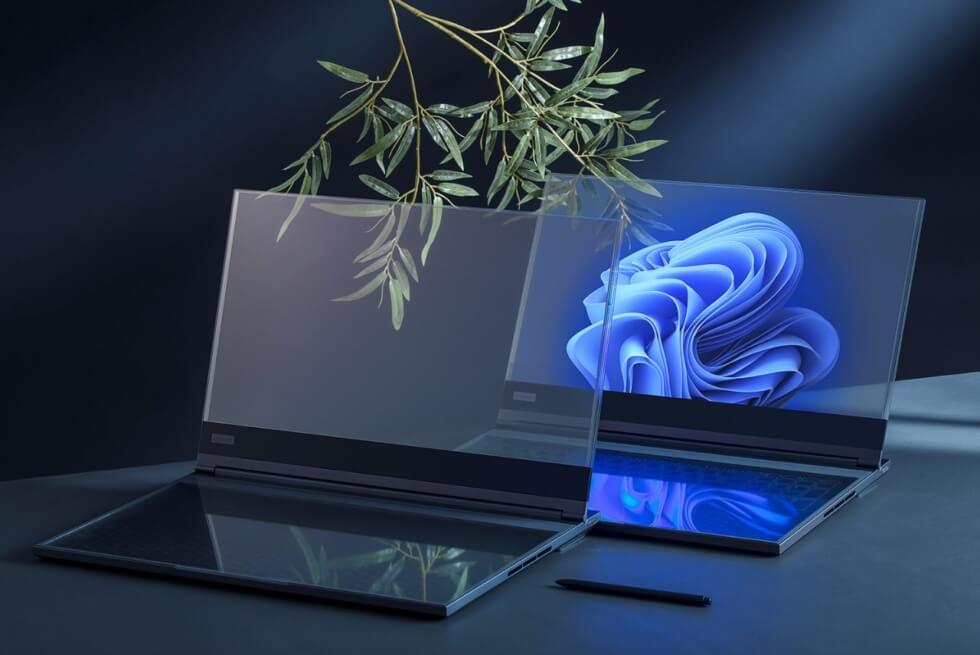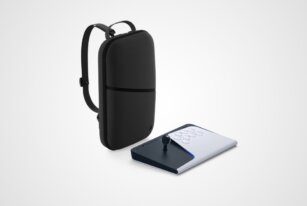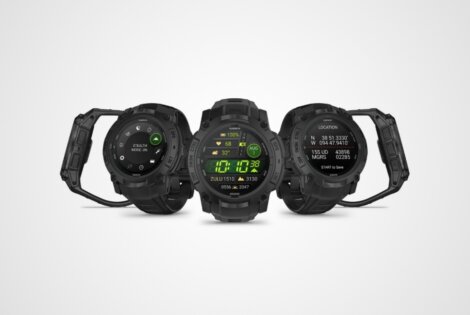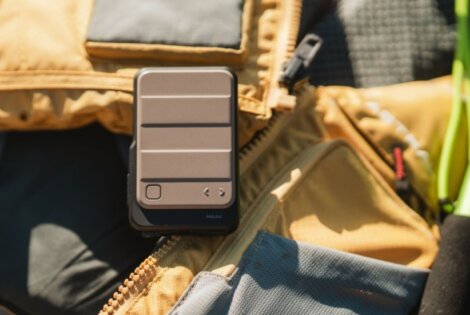After covering the tech scene for years, what seems groundbreaking at one point eventually becomes mainstream. Companies always face the risk that their innovations will fail to catch on and fade into obscurity. On the flip side, if it’s fascinating, the venture could lead to mass adoption. The ThinkBook Transparent hints at what could be the next big thing.
A few years ago, Xiaomi teased a cutting-edge TV concept and could have left it that. However, nobody expected they would release a commercial model shortly thereafter. Dubbed the Mi TV LUX Transparent Edition, it was a jaw-dropping entertainment platform for those who could afford it.
Now it’s Lenovo’s turn to see if there is a market for these types of consumer electronics. From a design perspective, the ThinkBook Transparent flaunts a standard clamshell laptop form factor. Everything else about it is unconventional such as the 17.3″ Micro-LED display that’s completely see-through.
Even the section where one typically finds the keyboard and trackpad is also transparent. Virtual keys automatically show up when the user needs to type. The idea is cool, but shifting from tactile button presses to a capacitive touch sort of setup could be a dealbreaker for most people.
According to Lenovo, “The brilliance of this laptop lies in its intelligent integration of the virtual and real.” Similar to augmented reality applications, sensors can detect items behind the see-through screen and turn them into interactive objects on the laptop.
Like most notebooks with capacitive screens, the lower display can turn into a drawing pad with a compatible stylus accessory. Surprisingly, Sony Ericsson was technically the first to retail a device with a see-through display.
The Xperia Pureness was released in 2009 but was considered more of a gimmick back then. Nonetheless, it remains to be seen if the ThinkBook Transparent ever becomes a production model. Still, the concept is interesting and some people might be interested in such a device.
Learn MoreImages courtesy of Lenovo







